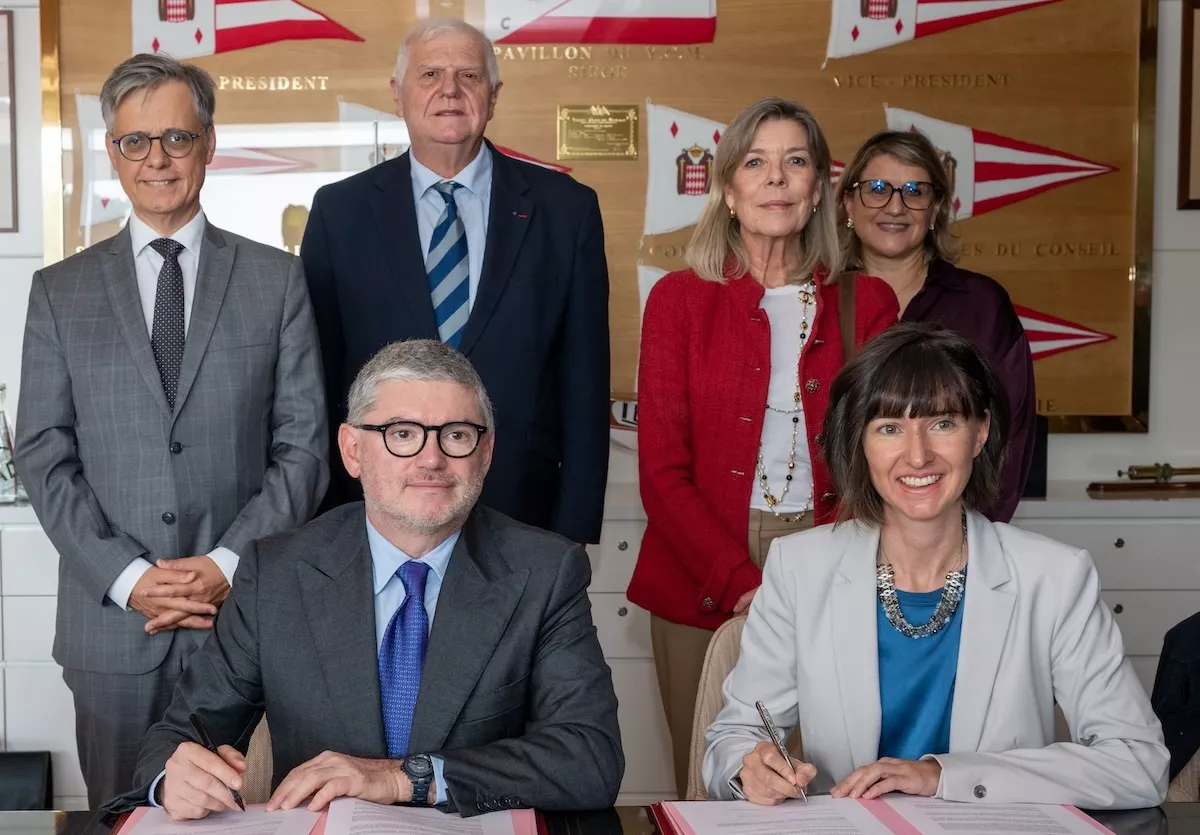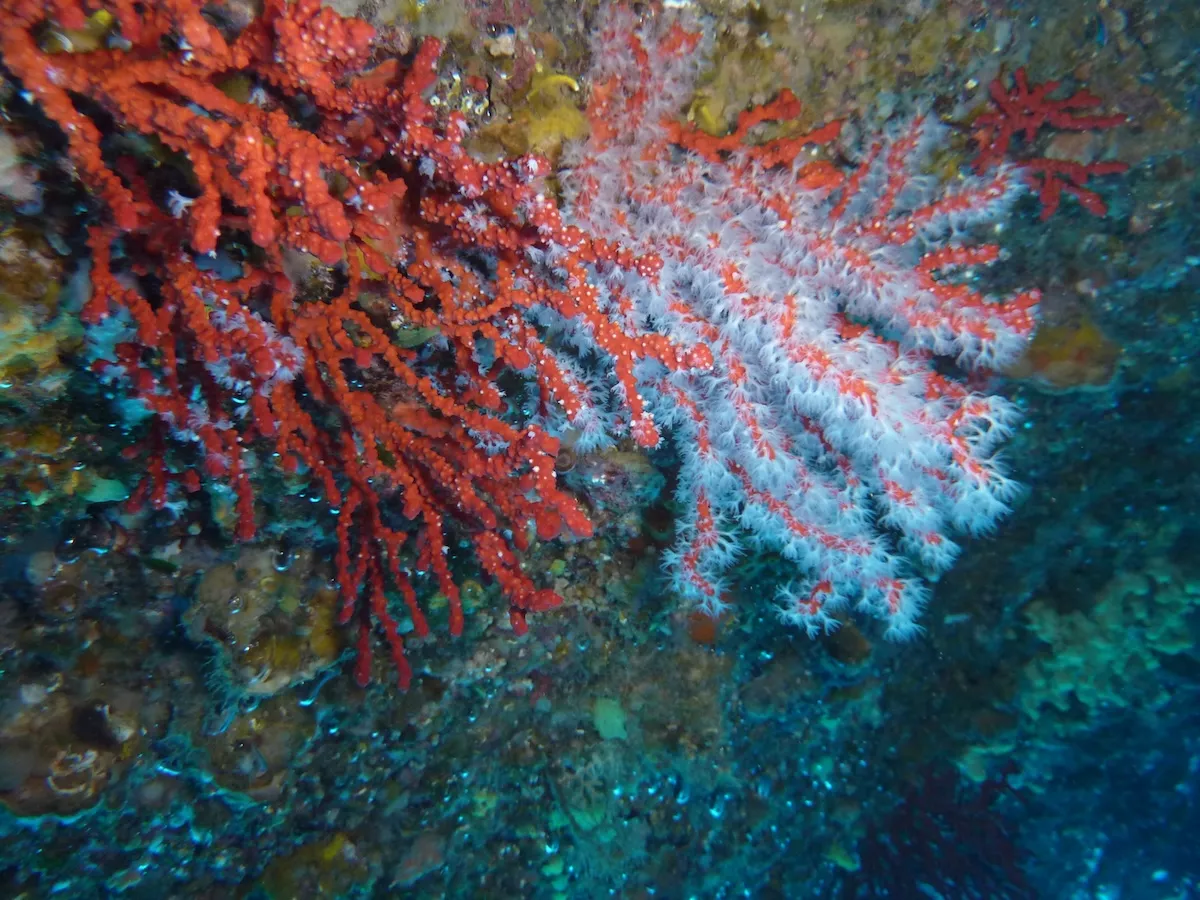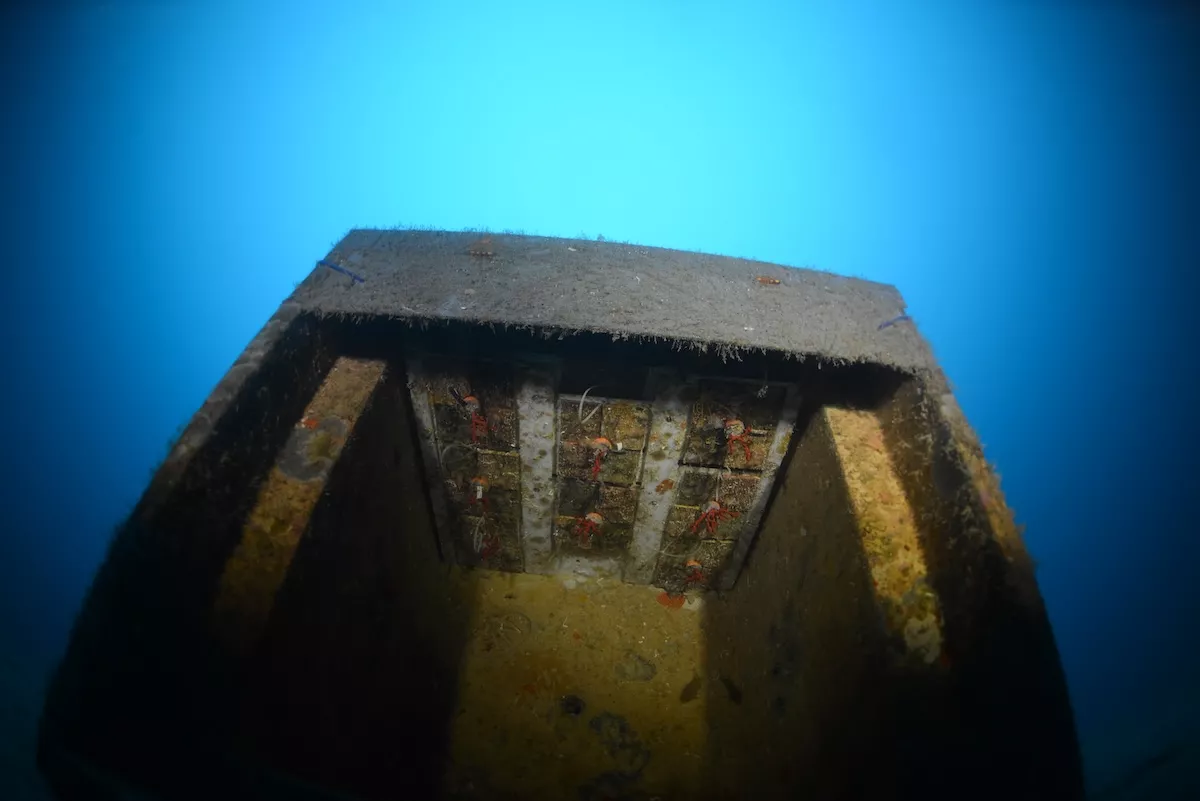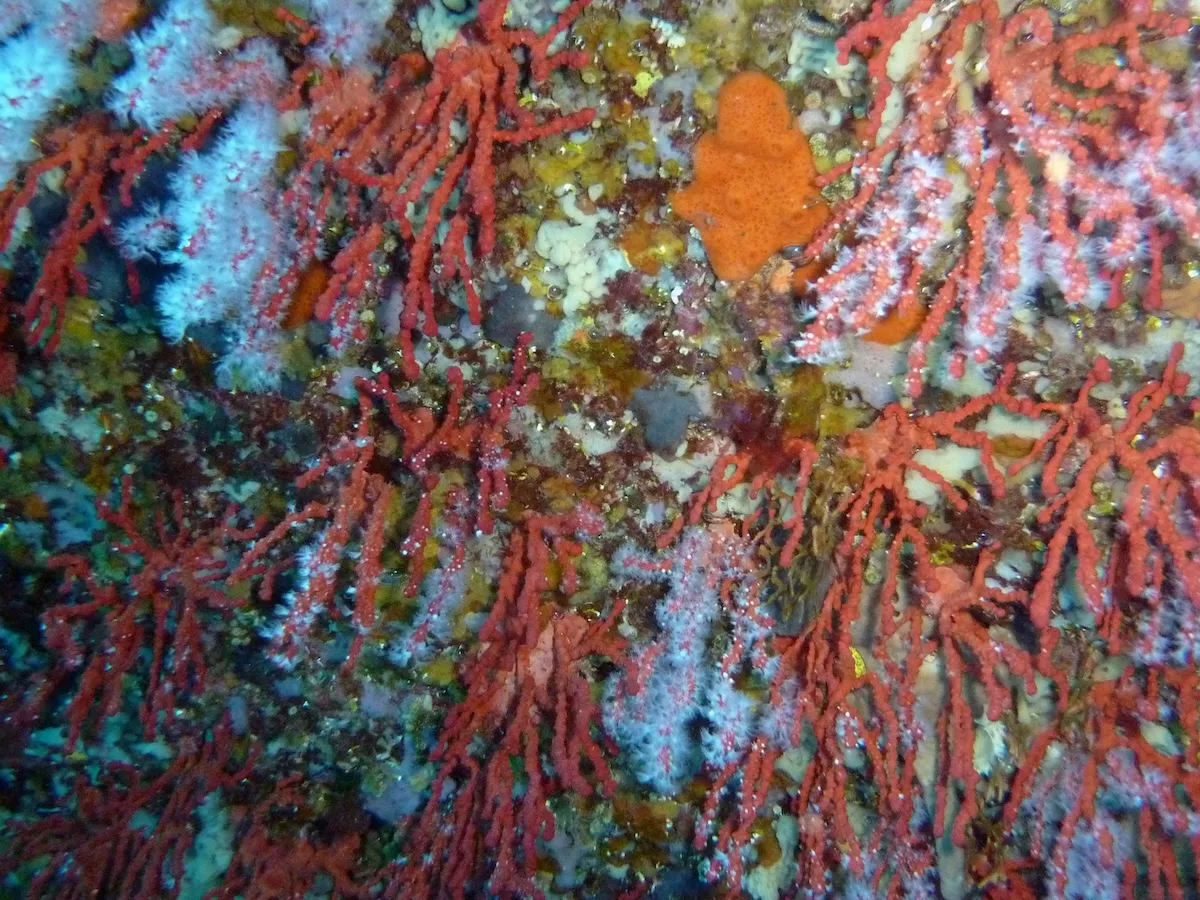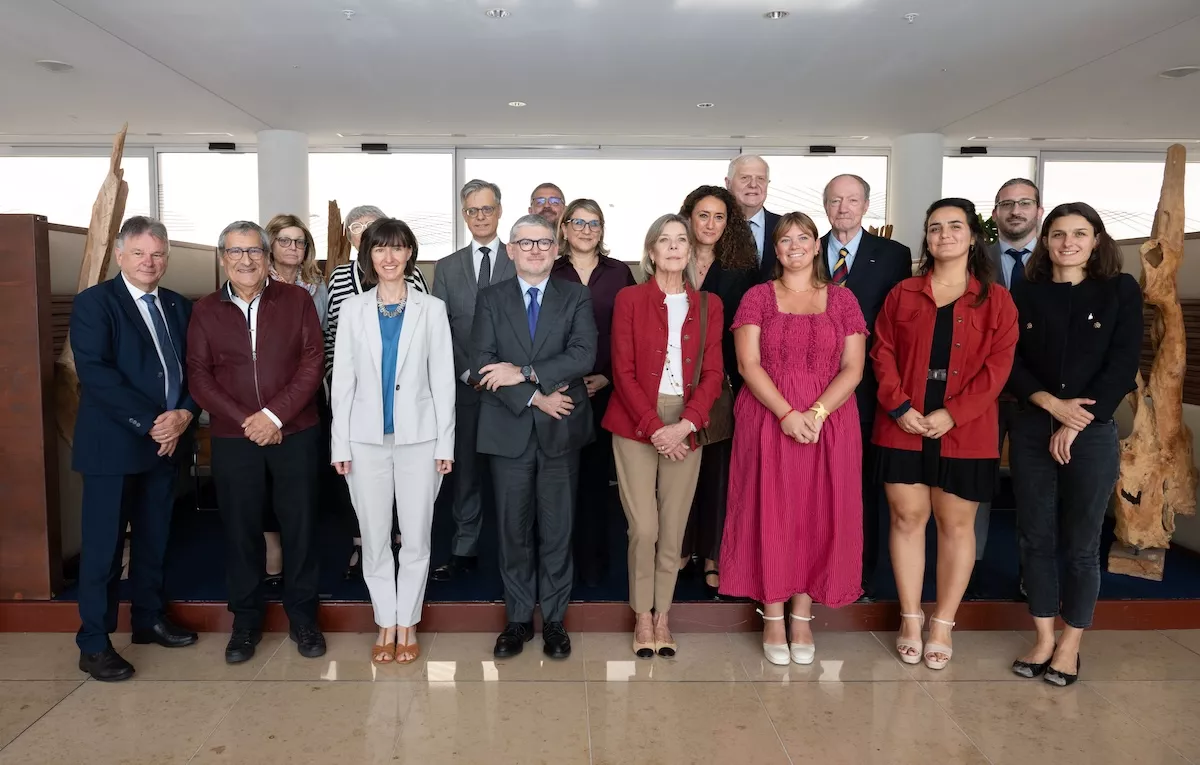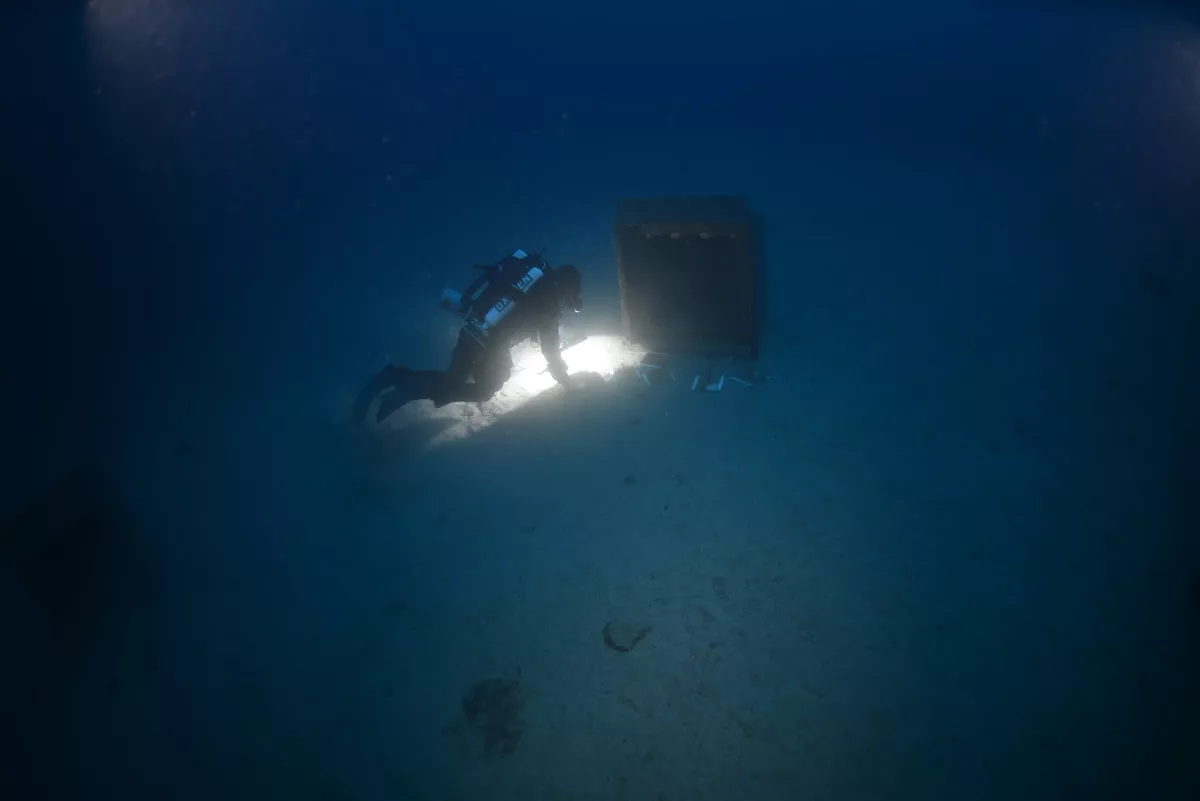In 2019, the iconic fashion house Chanel and the Centre Scientifique de Monaco (CSM) embarked on an unexpected partnership, one rooted not in jewellery or luxury, but in science, sustainability, and the future of a fragile marine species. Six years on, that alliance has yielded results beyond anyone’s expectations, and now, the two institutions are deepening their commitment with the renewal of their partnership for another six years.
This is not a story about coral being harvested for high-end jewellery. Quite the opposite. This is about protecting an ancient species on the brink — Mediterranean red coral (Corallium rubrum) — and, through it, safeguarding an entire ecosystem and unlocking scientific knowledge with global implications.
Red Coral: Iconic, Endangered, Essential
Coveted for millennia, red coral has adorned religious relics, royal crowns, and necklaces from Rome to Rajasthan. But beneath its ornamental value lies an ecological role far more precious.
Red coral is a cornerstone species in the Mediterranean. It grows slowly, just a few millimetres a year, and forms habitats for an entire community of marine life, from invertebrates to algae. But decades of overharvesting, pollution and climate change have left it vulnerable. Now classified as endangered, it is also considered an “umbrella species”: protect it, and you protect everything that lives around it.
Monaco, one of the smallest countries in the world, is quietly becoming one of the biggest players in preserving it.
A Lab in the Sea
Under the direction Stéphanie Reynaud, the CSM’s Unit for the Biology of Precious Corals has not only studied red coral in the lab, but taken the research 40 metres below the surface of the Mediterranean.
There, nestled near Monaco’s coastline, are six artificial underwater caves, each a concrete pod lined with coral plates, where the scientists are testing conditions for coral reproduction and survival.
“In the second year, we saw about 250 baby corals. By the third year, we reached 650,” Stéphanie Reynaud tells me. “It’s become a true underwater laboratory. Every year, we track survival and growth rates.”
From these submerged nurseries to genomic sequencing, microbiome analysis and skeletal formation studies, the breadth of research is impressive. To date, the collaboration has led to 23 publications in leading scientific journals, and two doctoral theses are now underway.
Science Meets Sustainability
For Chanel, this partnership isn’t a branding exercise. It’s not even about jewellery.
“We don’t use red coral in our collections,” says Frédéric Grangié, President of Chanel Horlogerie-Joaillerie. “That’s not why we started this. From the very beginning, we were clear: this is about preservation, not exploitation.”
Grangié was one of the early champions of the partnership, personally attending steering committee meetings in Monaco twice a year. “We made a long-term commitment because scientific research needs time. You can’t expect breakthroughs on a deadline.”
The results, he says, have been deeply gratifying.
“We didn’t anticipate 23 publications. We didn’t anticipate such success with coral cultivation. We hoped. But the scale of what’s been achieved—it’s extraordinary.”
More than that, some of the research has begun to show unexpected relevance in other fields, including medicine. “Because red coral is an animal, like us, there are fascinating insights into its microbiome that may apply to human health. It’s opened doors we never imagined when we started,” he adds.
Shared Values: Time, Patience, Precision
On Thursday 16th March, in the presence of Princess Caroline, Frédéric Grangié renewed Chanel’s funding for the CSM’s red coral research programme for another six years.
So what links a luxury brand with a team of marine biologists? More than one might think.
“We can’t just publish findings rapidly. We need time for verification. What we’re aiming for is excellence and quality — values we share,” reveals Sylvie Tambutté, Scientific Director of the CSM. “There’s expertise in a fine jewellery house; we have expertise in a scientific centre like ours. We share many common values, and that makes this collaboration truly meaningful.”
The partnership is also driven by a deep sense of responsibility. As Frédéric Grangié puts it, “This is what we stand for as a company. We’ve done it before, with the flowers in Grasse for our No°5 fragrance. From the beginning, the goal was to preserve the quality and eco-environment of those flowers, to ensure that same quality endures for the next century. In many ways, that commitment is part of our DNA as an independent, family-owned business. You have to care — truly care — about these things.”
The Promise of Regeneration
At the heart of the research lies one key question: can we bring red coral back?
The early signs are promising. Mortality rates of baby corals in the underwater caves are relatively low — around 40–45%. The team is now analysing different substrates to understand where coral larvae best attach and grow, and how environmental factors like current and temperature influence outcomes.
“Coral is resilient, but only if we reduce the pressures — temperature spikes, pollution, fishing,” says Reynaud. “With marine protected areas, and if we manage local stressors, recovery is possible.”
The team is also investigating the coral’s microbiome — what role do its resident bacteria play in growth, immunity, even skeletal formation? In one of the more striking discoveries, researchers found fungi previously unknown to science living symbiotically within the coral, potentially playing essential roles in its survival.
Beyond the Mediterranean
While red coral is the focus, the implications of the work reach far beyond the Mediterranean basin.
“The science being done here could influence marine restoration efforts globally,” says Tambutté. “What we learn about coral health, reproduction, and stress resilience can inform strategies in other parts of the world, especially as marine heatwaves become more frequent.”
CSM’s work is already aligned with global frameworks like the United Nations Decade of Ocean Science for Sustainable Development (2021–2030), and the research is being integrated into broader environmental policy discussions — including those at the One Ocean Science Congress in Nice, the United Nations Ocean Conference in Nice, and Monaco’s own Blue Economy initiatives.
Corporate Commitment Without Commercial Strings
In an age where “greenwashing” is a constant risk, Chanel’s involvement stands apart for its authenticity and depth.
“There’s no hidden agenda,” Grangié says. “This isn’t necessarily about launching a red coral jewellery line. We feel that the private sector also has a duty to support this type of organisation, and that eventually, red coral will tell us more — about us, about global warming, about ocean acidification, and obviously the Mediterranean.”
The partnership is a reminder that corporations, when aligned with integrity and purpose, can be powerful allies in solving complex global challenges.
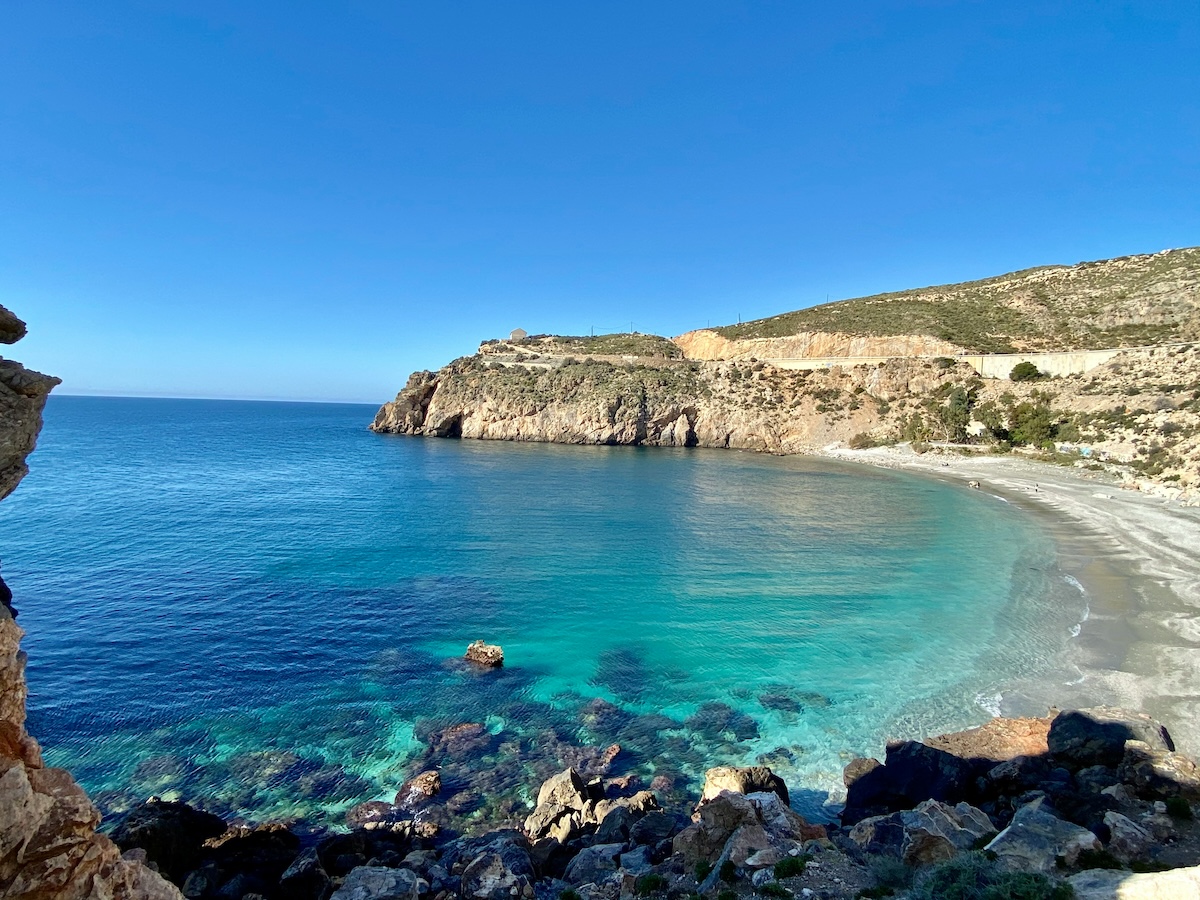
Looking ahead
With the partnership now extended through to 2031, the next chapter of this ambitious programme aims to delve even deeper—into the coral’s genome, its resilience under environmental stress, and the potential to reintroduce cultivated red coral into the wild on a much larger scale.
“We’re just getting started,” says Sylvie Tambutté. “The goal is clear: to restore, protect, and conserve this species as best as possible. Red coral is iconic. It’s also an ecosystem on its own.”
Chanel’s Frédéric Grangié shares that long-term vision. “What I’d love most? That in ten years, we could take people diving, and show them red coral growing again. That would be the ultimate legacy.”
But for Grangié, the stakes—and possibilities—go even further. “Based on the meetings today and the research meetings yesterday—the discovery in terms of the universal microbiome could have some exciting medical applications in the future.”
Until then, red coral’s survival story continues to unfold—in peer-reviewed journals, in the underwater caves just off Monaco’s coast, and in the quiet, determined partnership between science and style.
See also:
Podcast: Exploring ocean conferences and climate science with CSM’s Dr Venn
Stay updated with Monaco Life: sign up for our free newsletter, catch our podcast on Spotify, and follow us across Facebook, Instagram, LinkedIn, and Tik Tok.
Main photo credit: Charly Gallo – CSM, all photos sourced from the CSM
